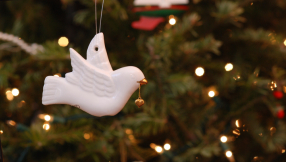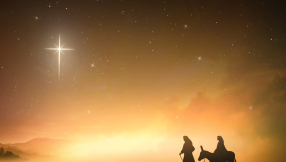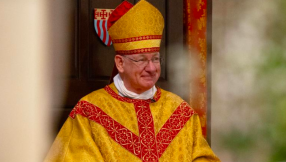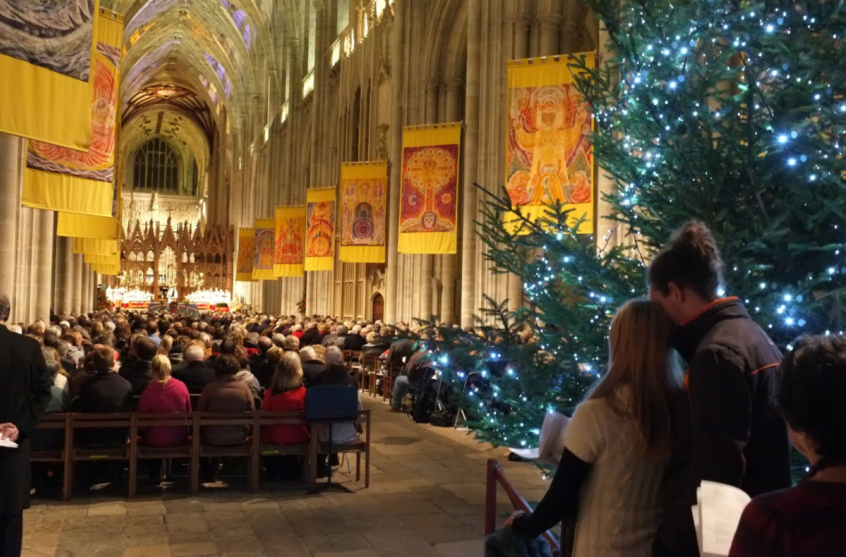
Attendance continues to swell at England's cathedrals over the Christmas period, according to the latest statistics from the Church of England.
The new figures showed that a total of 135,000 people came through the doors of Church of England cathedrals to worship on Christmas Eve and Christmas Day in 2017 – up three per cent on 2016 and the highest number since records began in 2000.
However, the report also revealed a significant drop in the numbers attending Advent services, such as Nativity plays and carol services.
While cathedrals reported a turnout for these services of 631,000 in 2014, this had fallen by 9 per cent to 576,000 in 2017.
Despite the dip in Advent service attendance, the Bishop of Worcester, Dr John Inge, is hoping more people will choose to celebrate Christmas in a cathedral this year.
'Christmas is a natural opportunity for people to re-connect with their church or cathedral, and the growth in numbers of those doing so over the past ten years is very encouraging,' he said.
'We hope that still more people will have the joy of rediscovering the Christmas story in a cathedral or church in 2018, and our campaign #FollowTheStar is all about helping them to do so. Everyone can be assured of a very warm welcome.'
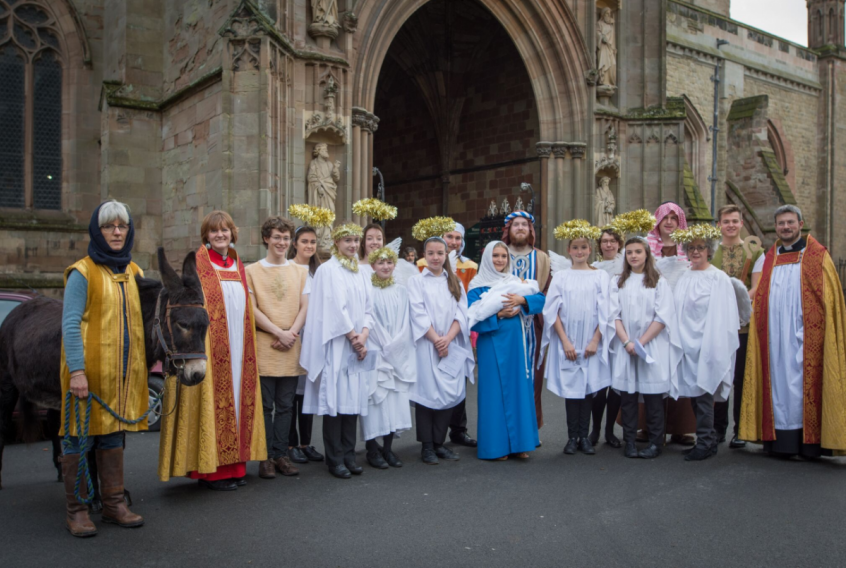
There has been a general upward trend in cathedral attendance over the last decade, with the average turnout at weekday services throughout the year more than doubling from 7,000 in the year 2,000, to over 18,000 last year.
The number of people attending weekly services at cathedrals has risen by 10 per cent from 33,000 in 2007, to 36,200 in 2017.
Cathedrals continue to be an important place for marking significant events, with 1.3 million people attending over 5,000 civic services and events at cathedrals in 2017.
Dean of Lichfield and Chair of the Association of English Cathedrals, Adrian Dorber, suggested cathedrals appeal to the curiosity of increasing numbers of religiously unaffiliated young people.
'Cathedrals minister in a culture that is more and more diverse, spiritually attuned, but religiously unaffiliated,' he said.
'They offer a mixture of absolute reliability, being open every day, and missionary enterprise. We attract large numbers of committed and skilled volunteers and the public likes to visit not only at Christmas and for national commemorations but also for events, performances and exhibitions where they are free to think new thoughts, wonder, reflect and pray.'
Ely Cathedral is just one of the Church of England cathedrals enjoying a boom in Advent attendance - with attendance jumping by 31 per cent between 2015 and 2017.
The growth has been attributed to the cathedral's increased efforts in promoting its Christmas services and activities for children and families.
The Dean of Ely, Mark Bonney, said: 'Christmas is a very special part of the year for Christians and we have made an extra effort to share what we do, especially via social media, encouraging sharing not just in the beautiful offerings from our choirs, but also as an invitation to share in worship together.'
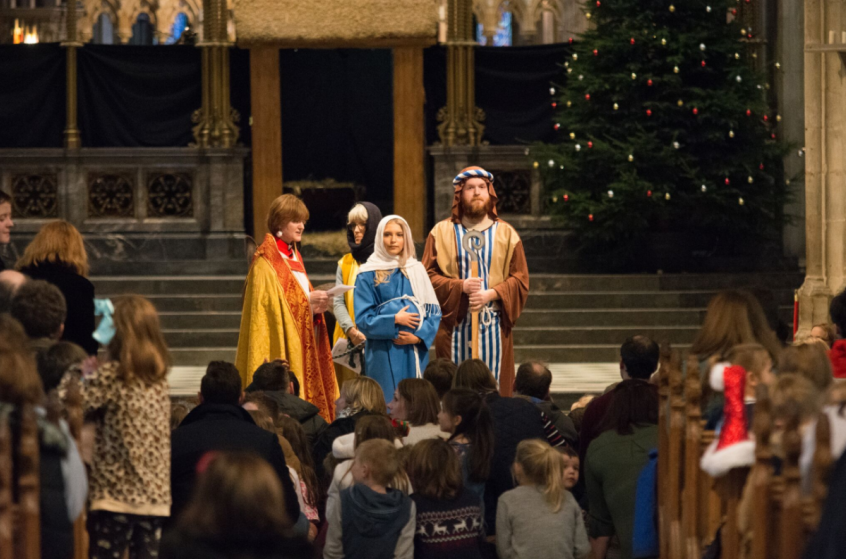
At Gloucester Cathedral, nearly 17,000 people turned out to visit a Lent exhibition of photography by formerly homeless artist David Tovey.
Peterborough Cathedral welcomed 58,000 visitors in one month alone when it hosted Tim Peake's Soyuz space capsule - a 600 per cent increase on the number of visitors to the cathedral during the same period in 2017.
Elsewhere, thousands flocked to Hereford Cathedral this year to see the stunning Poppies: Weeping Window installation, which drew international attention when it was first displayed at the Tower of London in 2014.
The Dean of Hereford, Michael Tavinor, said: 'For us at the cathedral, the artwork appeared as an 'extension' of the building itself. It helped to bring so many elements of the Christian faith we experience inside the cathedral and demonstrated the power of one-off installations to engage both new and repeat visitors and worshippers alike.'










